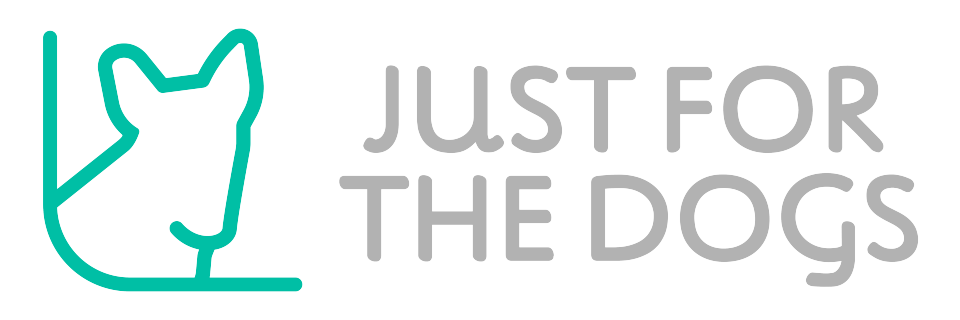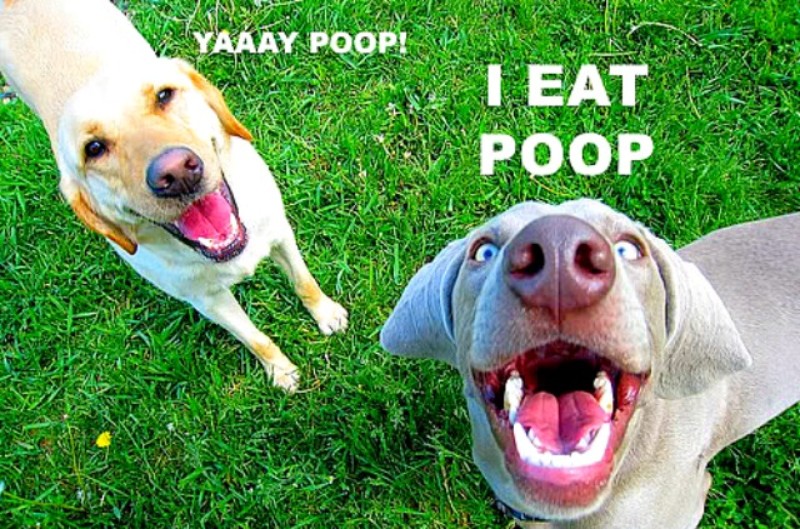Last Updated on October 12, 2018
Man’s best friend, the cutest, the sweetest and the most understanding of all pets, dogs!
Today, almost every American has a graded canine at his home at the least. We all love our dogs, but how many of us actually know as to how we should be judging the health of our pups?
Just a drooping of the thoughtful pair of eyes does not say it all. The width and breadth of the animal also speak a lot.
Most people tend to overfeed their pets, genuine love, you know! But what we forget in our platter of love is that an extra pound of weight is as harmful to a dog as much as it is for humans. Just like our physicians tell us to keep our weight under control; it is essential for dogs also to follow a strict routine of nutrient intake.
How the proportion of this intake varies, however, depends on the breed which your dog belongs to.
While some relatively enormous breeds like German shepherds, Alsatians, Greyhounds etc. require a relatively higher diet intake, smaller ones like poodles and Pomeranians would be more than happy with a lesser food intake. So keep a note of your dog food, its brand, the nutrient catalog of that particular brand, the breed of your dog and then judge out the volume of each helping that your dog must have for better health and a longer life.
Make sure to pay regular visits to a justifiably good vet and try to keep yourself updated with the new entrants of pet food on the market.
But you can, of course, play a judge’s role to determine as to whether your dog is overweight or underweight without the need of a weighing scale. Take your pup in your lap and cuddle it at its stomach and at its shoulders. If you can feel all its ribs and still cannot see them barring the first couple, then your dog is in the finest of health.
Needless to say, if it is skinny, you would definitely think that something is fishy about its health or weight.
The point where the majority of people get deceived in judging the difference between healthy and fat.
If your dog is all buttery around it stomach and shoulders don’t get mistaken! It is not a sign of good health; it is a symptom of fatness.
Another point which could possibly help you in identifying the symptoms of obesity or undernourishment in your pups is the fact that the stomach of a healthy dog smoothly goes closer to the spine at the rear end. If it steeply shoots up to the spine directly from the ribs, your dog is severely underweight. In case the stomach keeps dangling in between its ribs and hips, it is overweight.
For undernourishment, we all know the remedy. But overweight is generally an issue. People change dog food and keep the volume per serving constant. This move needs a rectification. Different brands of dog food contain different levels of nutrients.
When overweight, the best thing to do is to reduce the number of servings and the opposite when your dog is underweight. Pay attention when you change the brand of dog food. Remember, looking after does not always mean to pamper. Your pet deserves a long healthy life with you.
Give the pleasure of possessing a cuddled friend to yourself, and the privilege of getting cuddled for ages to your beloved pet.
Just keep these points in mind and I am sure you would ensure its long life.


